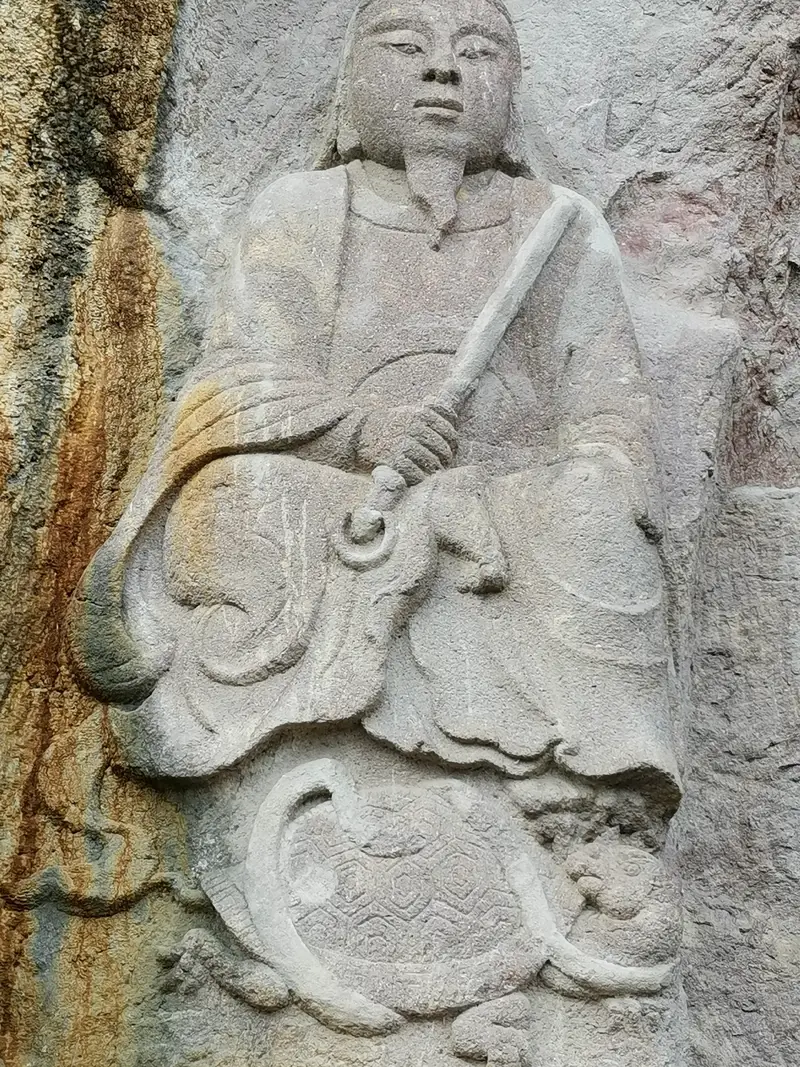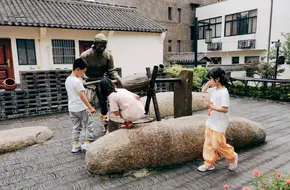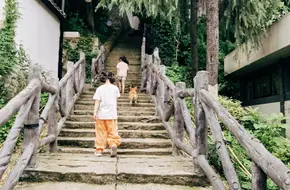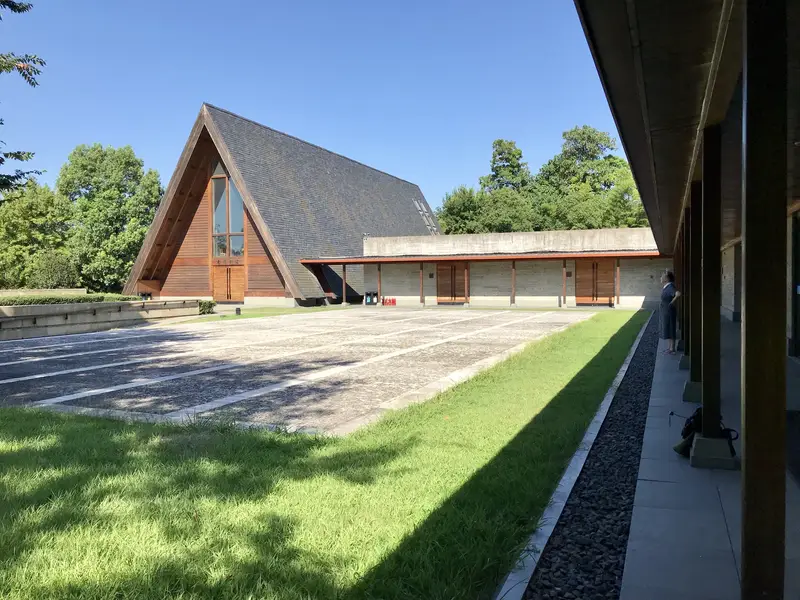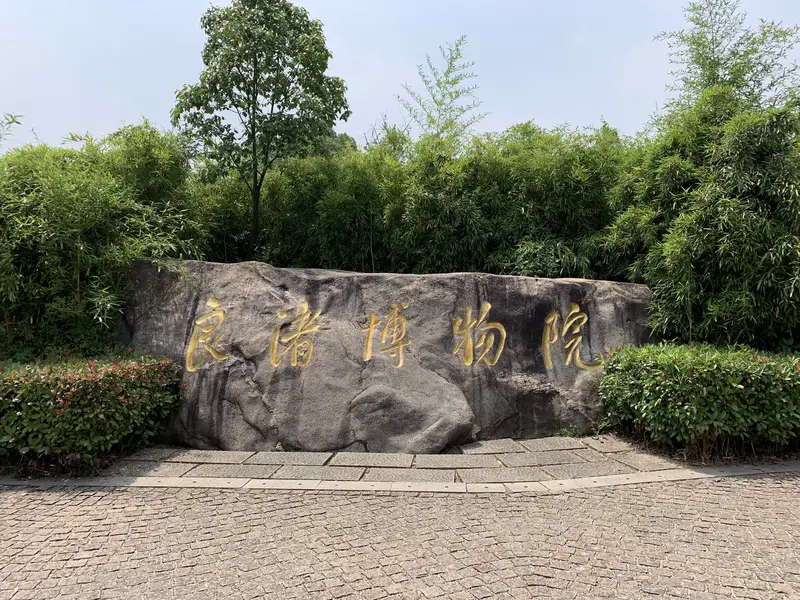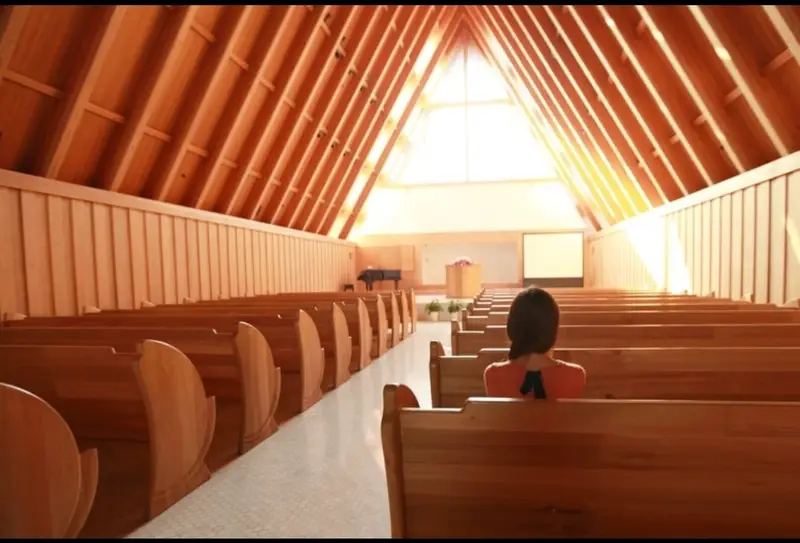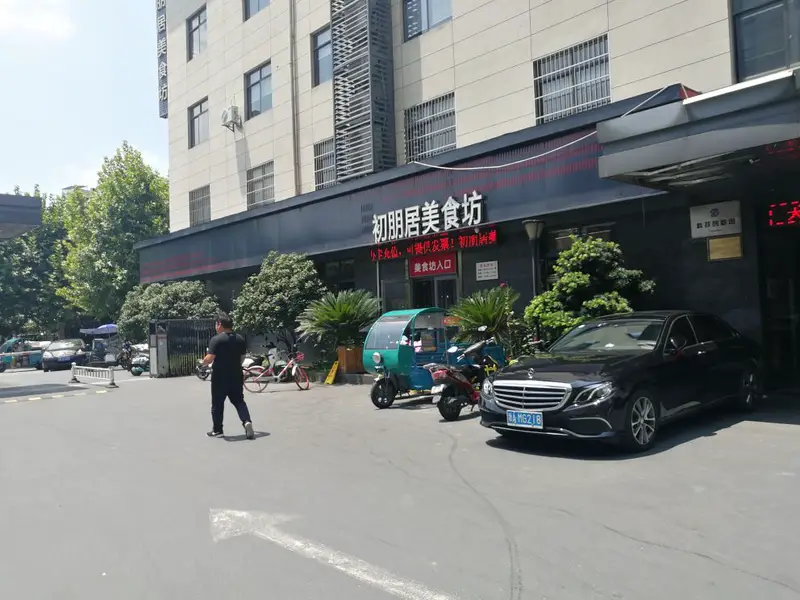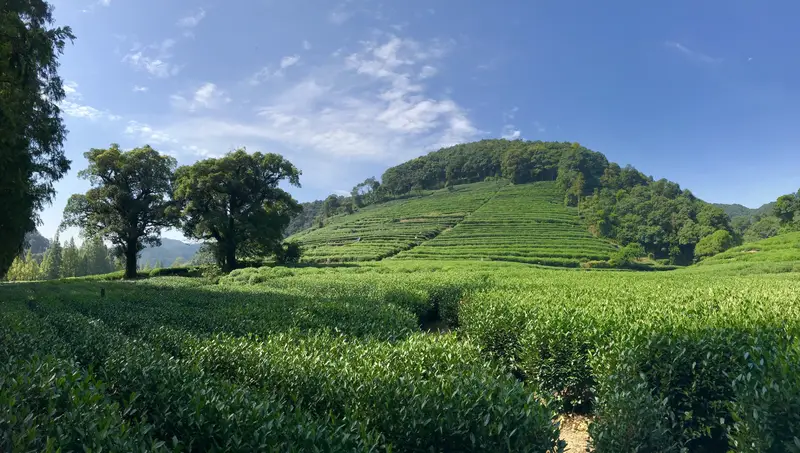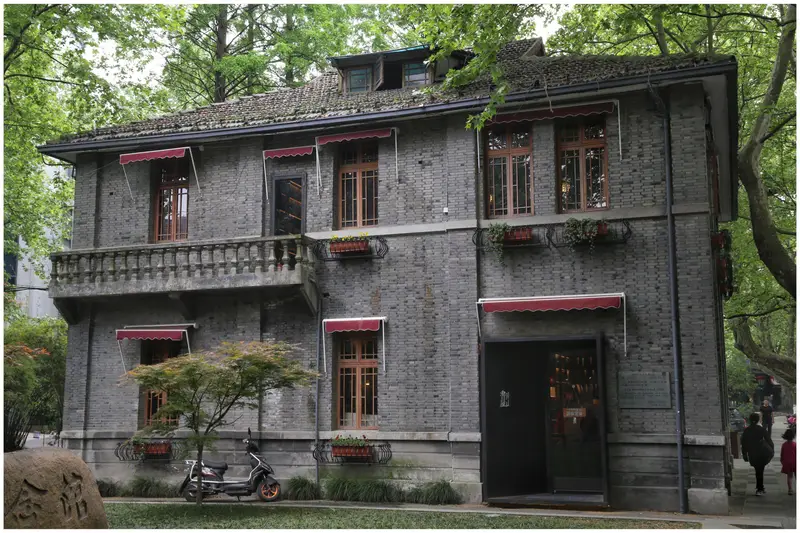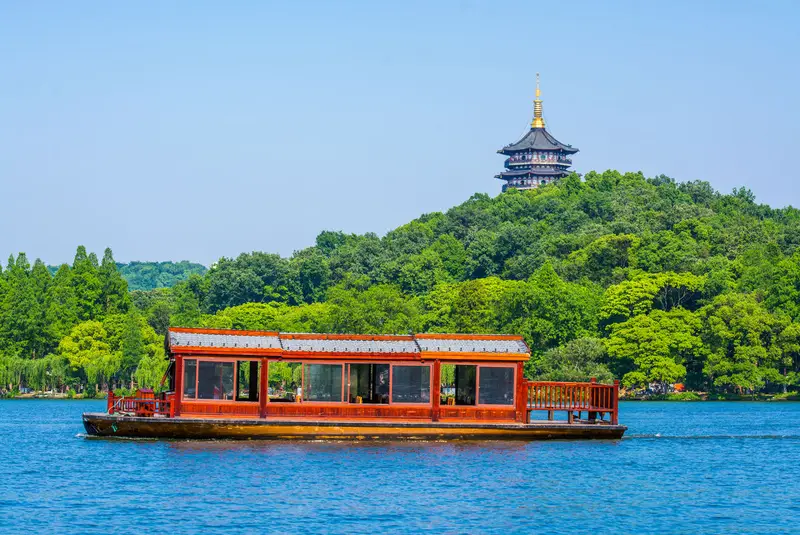Hidden Gem in Hangzhou: A Silk-Themed Cultural Journey
Where to Find It
Hangzhou Pingyao Silkworm And Mulberry Culture Museum sits in a tranquil corner of Yuhang District, Hangzhou. Look for it at LiYao Street, No. 1—a spot that feels worlds away from the busy West Lake crowds. It’s nestled near the Pingyao Old Street area, which means you can pair your visit with a stroll through traditional Chinese architecture and local snacks. Win-win!
How to Get There
No hassle! Take Bus 477 or Bus 496 (ask the driver for “LiYao Jie”) if you’re coming from downtown. By car? Plug the address into Google Maps—it’s off the 104 National Highway, with free parking available. Bonus: The museum is bike-friendly, with plenty of space to lock up your rented e-bike.
Nature’s Green Canvas
The museum isn’t just about indoor exhibits. Step outside, and you’ll find mulberry groves stretching as far as the eye can see. These leafy giants are the real MVPs of silk production—without them, no luxurious silk scarves! In spring, the white flowers of the mulberry trees bloom like tiny stars, while summer brings lush shade perfect for picnics. A nearby lotus pond adds to the calming vibes, with koi fish lazily swimming by. Pro tip: Visit on a drizzly day for misty, Instagram-worthy photos!
Silk Stories Unraveled
Inside Hangzhou Pingyao Silkworm And Mulberry Culture Museum, you’re diving into China’s 5,000-year silk history. Expect hands-on fun: you can watch live silkworms munching mulberry leaves (freaky-cute!), try your hand at traditional weaving, and even dye a scarf using natural plants. The best part? Guides explain how silk was once reserved for emperors—now you can wear it too! Don’t miss the vintage tools display, which looks like something out of a time capsule.
More Than Just Exhibits
This place is a culture immersion hub. Join a workshop to make your own silk fan or learn the art of silk-making from experts. Families with kids will love the interactive zone, where little ones can dress up as silk farmers and feed pretend silkworms. There’s also a small textile market on-site selling scarves, dresses, and pillowcases—all reasonably priced. Pro Tip: The second-floor terrace offers killer views of the surrounding mulberry fields.
Food, Rest, and Souvenirs
After all that culture, refuel at the on-site café, which serves tea made from mulberry leaves (it’s weirdly refreshing!). For meals, head to the nearby Pingyao Old Street—try the shengjian bao (pan-fried buns) or longjing tea-infused ice cream. If you’re souvenir-hunting, the museum’s gift shop has silk-lined notebooks, mini loom kits, and even silkworm-shaped stress toys.
A Day Well-Spun
Plan for 2-3 hours here. Start with the outdoor mulberry trails, then dive into the museum’s galleries. Save the workshops for last—they’re addictive! Combine your trip with a visit to the Wudang Mountain Taoist Culture Village (20 minutes away) or the Xiasha Wetland for a full day of “off-the-beaten-path” Hangzhou.
Why Go?
Unlike crowded attractions, Hangzhou Pingyao Silkworm And Mulberry Culture Museum lets you connect with China’s silk legacy without the tourist traps. It’s peaceful, educational, and surprisingly addictive (you’ll leave wanting to buy every silk thing in sight!). Perfect for culture buffs, families, or anyone who wants to escape the city for a few hours.
Pro Tip: Go early! The morning light in the mulberry fields is magical, and the museum gets busier later.


